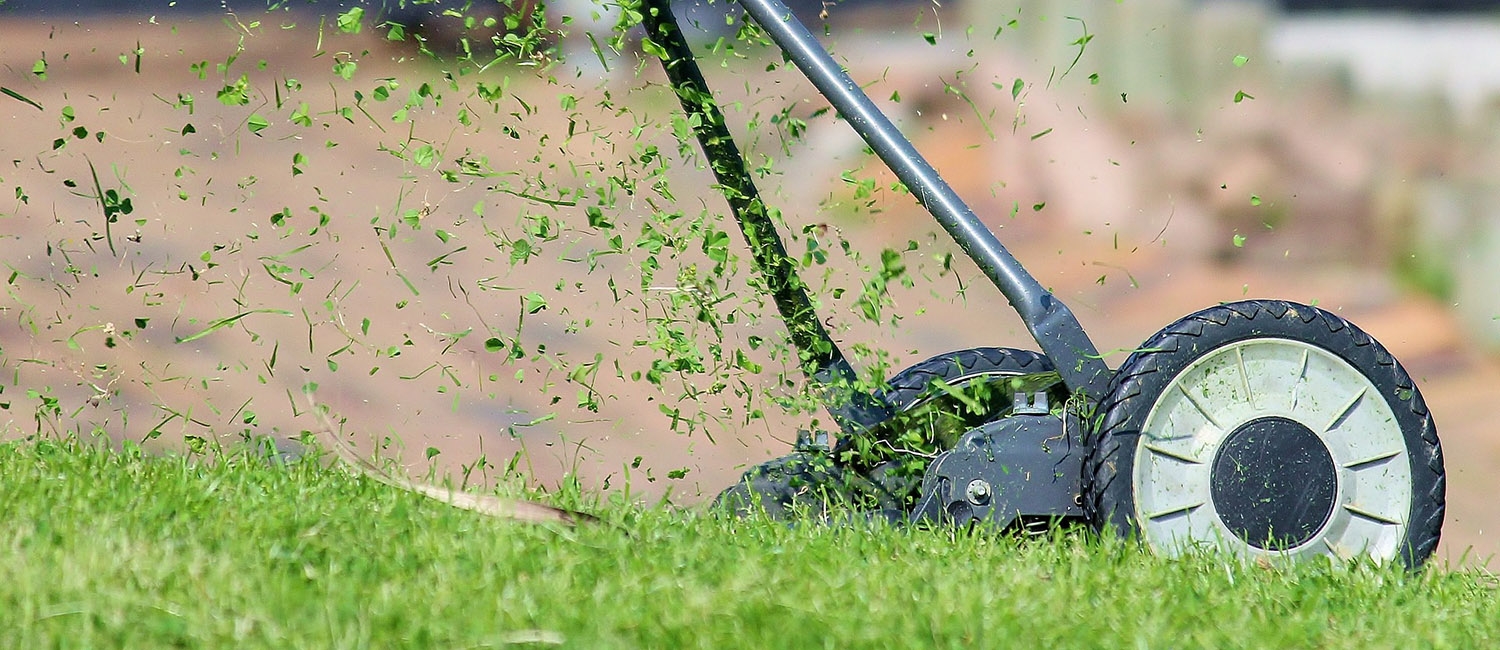
What’s in a healthy lawn?
A healthy lawn does more than just please the eye — it provides a whole range of environmental, social and economic benefits.
Trees, shrubs and turf help remove smoke, dust and other pollutants from the air and keep people healthy. Experts also tell us that having just one healthy tree on the front lawn removes the same amount of carbon dioxide from the air that's emitted from driving a car 17,700 kilometres. Lawns also produce oxygen: 2,500 square feet of turf releases enough oxygen for a family of four to breathe for a year.
Lawns and gardens also play an important role in improving water quality and preventing soil erosion. Data shows that a well landscaped property helps prevent pollutants from running into the water supply, reduces surface water runoff, and reduces storm drain flooding. A dense cover of plants and mulch holds soil in place and keeps sediment out of lakes, streams, storm drains and roads.
Studies also show that people are willing to pay more for well landscaped homes — up to 11 per cent more than for a home with a poorly maintained property.
For all these reasons, most homeowners put a lot of time and care into maintaining their properties. Many use a combination of tools, including manual weed control and careful pesticide application to control weeds, insects and diseases that threaten the health of their lawns and gardens.













